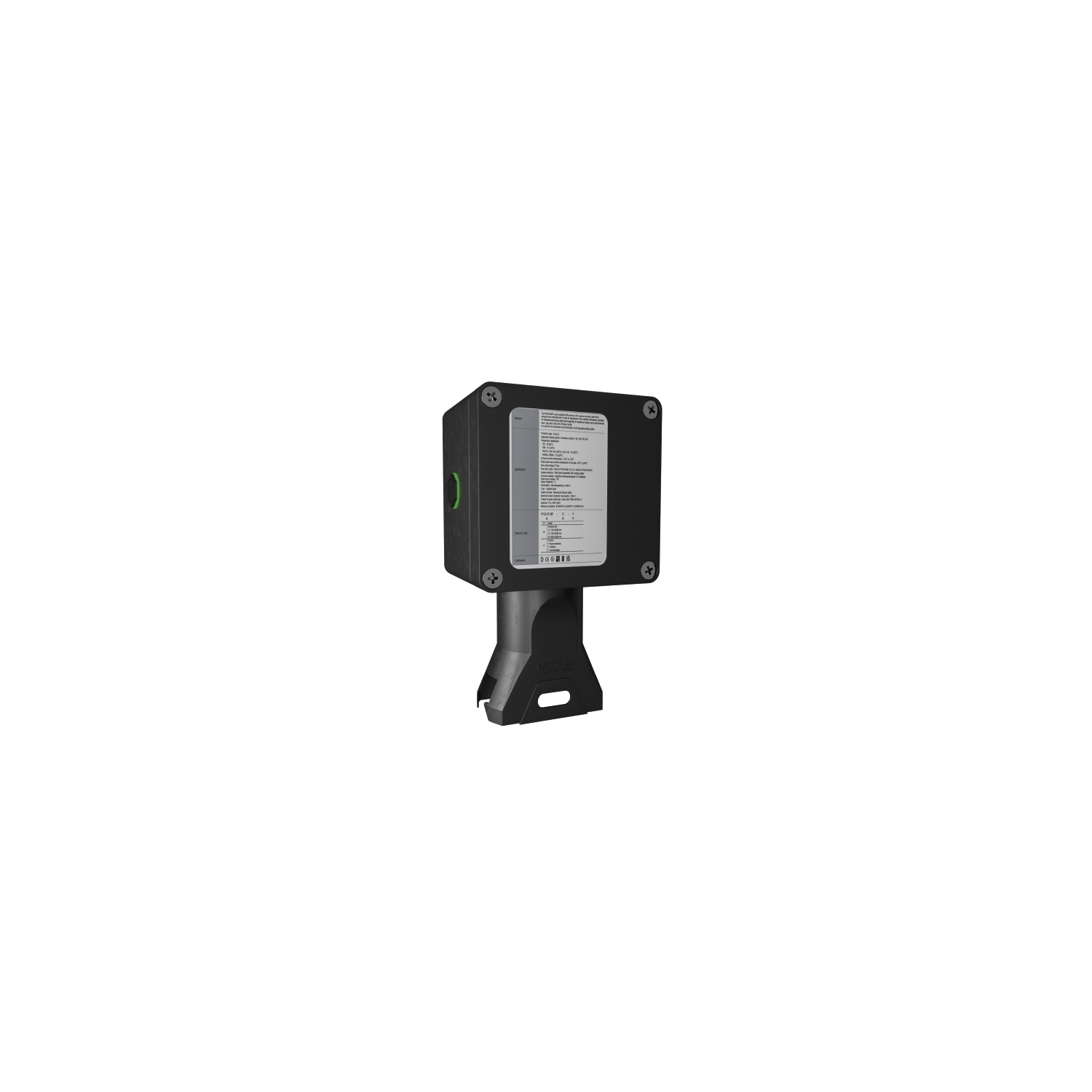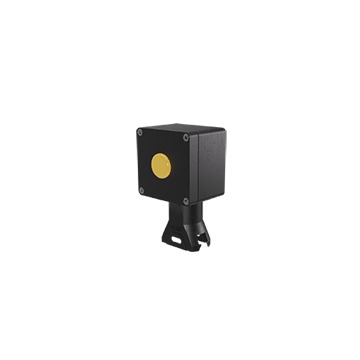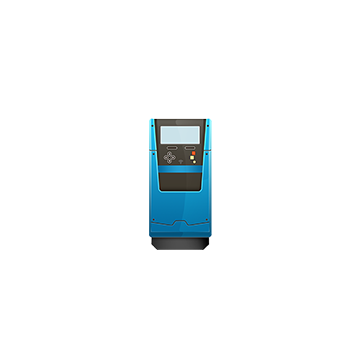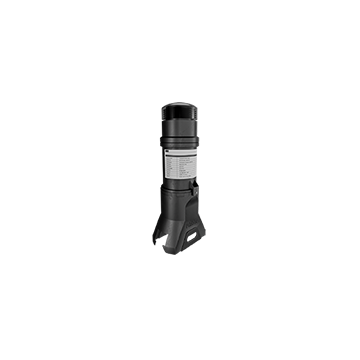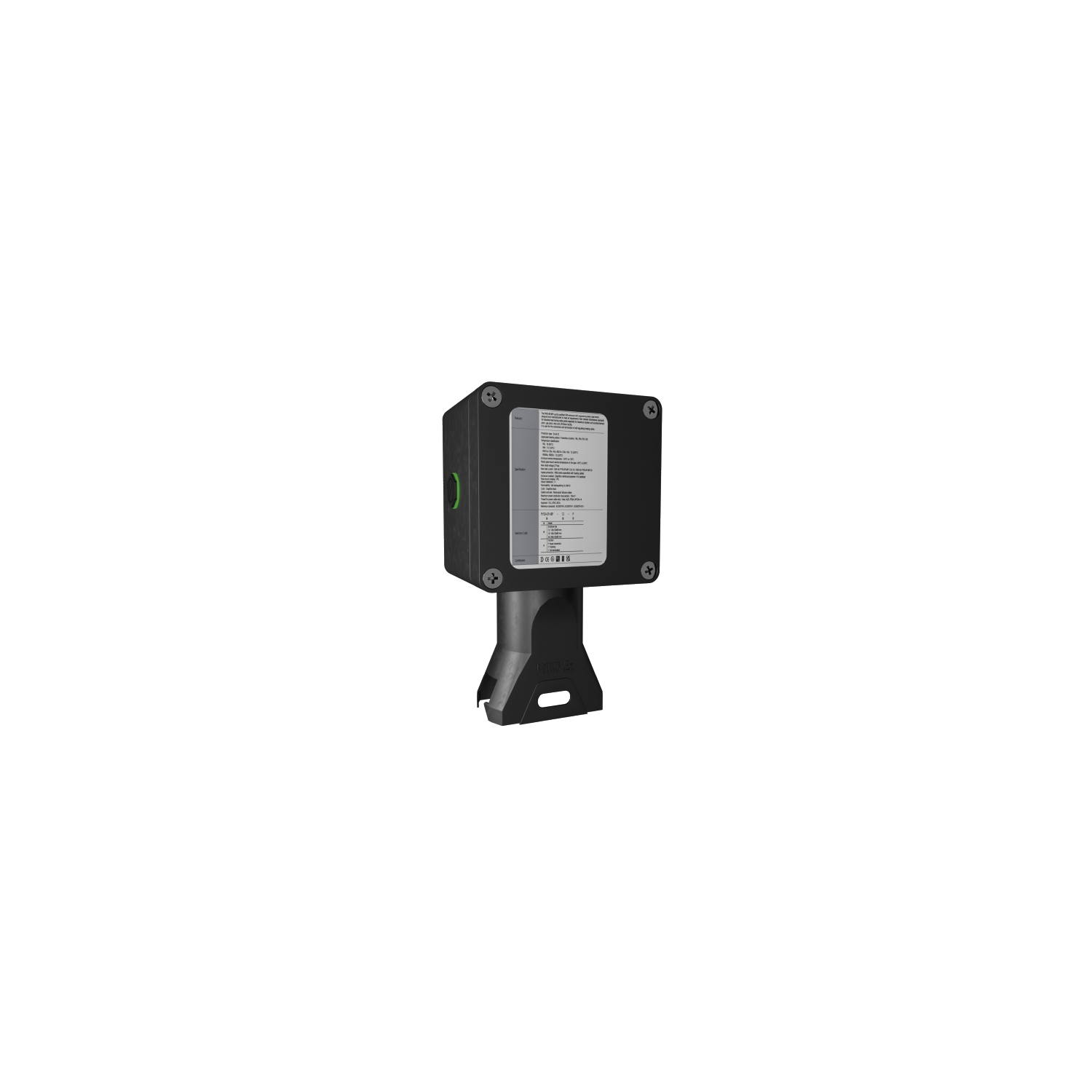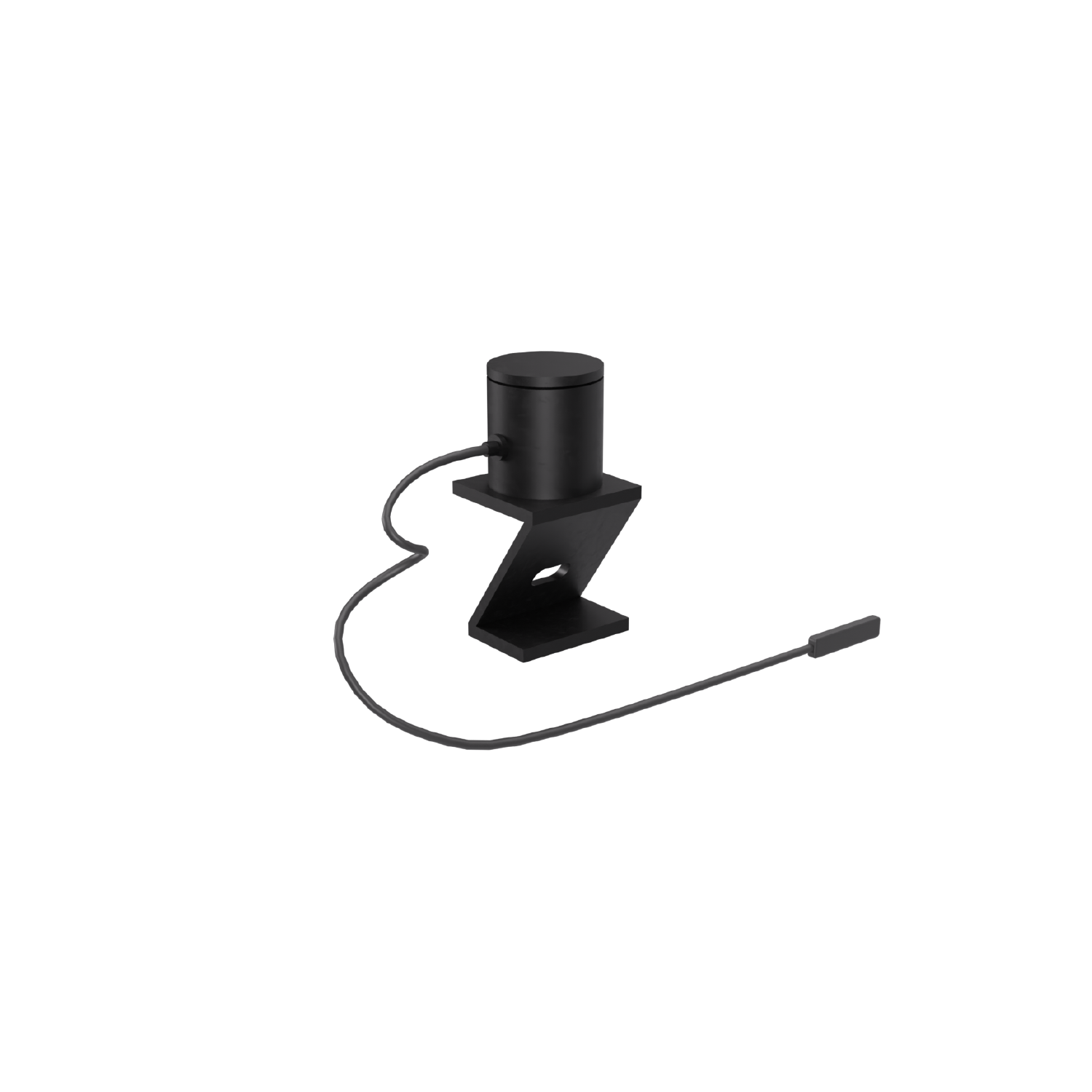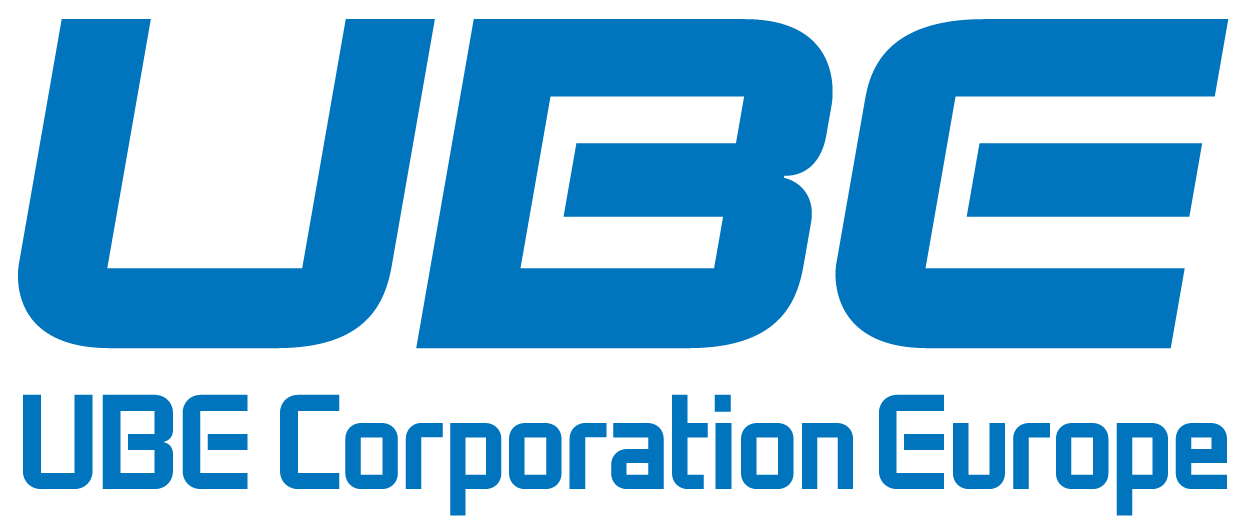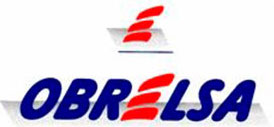Heat Tracing, also known as electric heat tracing, is a system used to maintain or raise the temperature of pipes, vessels, and other industrial equipment. This technology involves the installation of special cables along the length of a pipe or container that emits heat when energized. The primary function of heat trace systems is to prevent pipes from freezing, maintain process temperatures, or ensure the safe transportation of liquids and gases in industries such as petrochemical, food processing, and energy production.
This technology is essential in environments where temperature control is critical for operational efficiency and safety. Heat tracing systems are often employed in areas with harsh climates where extreme cold can lead to significant issues like pipe bursts or process inefficiencies. By using heat trace systems, industries can avoid these potential problems and maintain a smooth and uninterrupted operation, even in challenging conditions.
Basic Concepts of Heat Trace
The basic concepts of heat trace revolve around its design and operational principles. At its core, a heat trace system consists of specialized cables, known as heat trace cables, which are capable of generating heat when electrical current flows through them. These cables are strategically installed along pipes, vessels, or equipment that require temperature maintenance or protection from freezing.
Heat trace cables can be classified into two main types: self-regulating and constant wattage. Self-regulating trace heating cables adjust their heat output based on the surrounding temperature. As the temperature drops, the cable increases its heat output, and conversely, it reduces heat production as the temperature rises. This makes self-regulating trace heating cables highly energy-efficient and ideal for applications where temperature fluctuations are common. On the other hand, constant wattage cables provide a steady amount of heat regardless of ambient conditions, making them suitable for applications requiring consistent heating.
The control systems play a crucial role in the operation of heat trace systems. These systems monitor the temperature of the pipe or equipment and regulate the power supply to the heat trace cables. Advanced control systems can be programmed for specific temperature ranges and can provide alarms and diagnostics, ensuring the reliability and safety of the system.
The installation of a heat trace system also involves proper insulation. Without insulation, the heat produced by the cables would dissipate too quickly, rendering the system inefficient. Insulation helps to retain the heat generated, ensuring that the desired temperature is maintained with minimal energy consumption.
Function of Heat Tracing Cables
Heat trace cables are the core component of any heat tracing system, and their primary function is to maintain or elevate the temperature of pipes, vessels, and other equipment. These cables work by converting electrical energy into heat, which is then conducted directly to the surfaces they are attached to. The primary applications of these cables include freeze protection, maintaining process temperatures, and heating pipelines to ensure smooth transportation of fluids or gases.
One of the key functions of heat trace trace heating cables is freeze protection. In cold environments, water or other liquids in pipes can freeze, leading to blockages or even pipe bursts. Heat trace cables prevent this by keeping the pipe at a temperature above the freezing point of the liquid inside. This is crucial in industries such as water treatment, oil and gas, and chemical processing, where pipe freezing can cause significant operational disruptions and damage.
Another important function is process temperature maintenance. In many industrial processes, maintaining a specific temperature is essential for product quality and process efficiency. Heat trace trace heating cables ensure that the temperature of the materials being transported or stored is kept within the required range, preventing any undesirable temperature fluctuations.
Additionally, heat trace cables can be used for viscosity control. Some liquids, such as heavy oils or certain chemicals, become too viscous or even solidify at lower temperatures, making them difficult to pump or process. By applying heat, heat trace cables help to maintain these materials at the right viscosity, ensuring their smooth flow through the system.
What are the Heat Tracing Cable Types?
Heat tracing cables are essential for maintaining optimal temperatures in pipelines, tanks, and other equipment, especially in cold environments. There are several types of heat tracing cables, each designed for specific applications:
Self-Regulating Cables: These cables adjust their heat output based on the surrounding temperature, making them energy-efficient and ideal for varying conditions.
Constant Wattage Cables: Providing a consistent heat output, these cables are suitable for long pipelines and applications requiring uniform heating.
Mineral Insulated (MI) Cables: Known for their durability and high-temperature resistance, MI cables are used in industrial and hazardous environments.
Skin-Effect Tracing Systems: Designed for long-distance pipelines, these systems use a combination of electrical and thermal properties to deliver efficient heating.
Choosing the right heat tracing cable depends on factors like temperature requirements, environmental conditions, and the specific application. Proper selection ensures energy efficiency, safety, and system longevity.
What is Raychem Heat Tracing?
Raychem Heat Tracing refers to a leading brand in the heat tracing industry, known for its innovative and reliable solutions for maintaining and managing temperature in industrial environments. Raychem, a part of the Pentair Thermal Management group, has developed a wide range of heat trace systems that are designed to prevent freezing, maintain process temperatures, and ensure the safe and efficient operation of pipelines, tanks, and other critical infrastructure.
One of the key features of Raychem Heat Tracing systems is their use of self-regulating heat tracing cables. These cables automatically adjust their heat output depending on the surrounding temperature. This self-regulation feature makes Raychem cables highly energy-efficient, as they only generate the necessary amount of heat to maintain the desired temperature. This not only reduces energy consumption but also extends the lifespan of the system by preventing overheating.
Raychem heat trace systems are widely recognized for their reliability and durability. They are built to withstand harsh industrial environments, including exposure to chemicals, moisture, and extreme temperatures. This makes them ideal for use in demanding industries such as oil and gas, power generation, food and beverage, and water treatment.
Another advantage of Raychem systems is their advanced control and monitoring capabilities. Raychem offers sophisticated control units that allow for precise temperature management and real-time monitoring of the heat trace system's performance. These control systems can be integrated into larger industrial automation systems, providing a comprehensive solution for temperature control and management.
Advantages of Raychem Heat Trace
Raychem Heat Tracing systems offer numerous advantages that make them a preferred choice in various industrial applications. These benefits are driven by the brand’s commitment to innovation, reliability, and energy efficiency, all of which are critical in environments where temperature control is paramount.
One of the primary advantages is the energy efficiency of Raychem's self-regulating cables. Unlike constant wattage trace heating cables, which provide a steady heat output regardless of the ambient temperature, Raychem's self-regulating cables adjust their heat output based on the surrounding conditions. This feature significantly reduces energy consumption, as the cables only generate the heat necessary to maintain the desired temperature. This not only saves on energy costs but also contributes to a more sustainable operation.
Reliability is another major advantage of Raychem systems. Designed to withstand the harshest industrial environments, Raychem heat tracing cables are highly resistant to chemicals, moisture, and extreme temperatures. This durability ensures that the systems perform consistently over long periods, reducing maintenance needs and minimizing downtime. This reliability is crucial in industries where temperature control is critical to operations, such as in oil and gas, power generation, and food processing.
Raychem also excels in advanced control and monitoring. Their heat tracing systems are equipped with state-of-the-art control units that allow for precise temperature regulation and real-time system monitoring. These control systems can detect any anomalies or inefficiencies, enabling timely interventions that prevent potential issues before they escalate. This level of control enhances the safety and efficiency of industrial processes.
Finally, the versatility of Raychem Heat Trace systems is a notable advantage. They can be customized to meet the specific needs of different applications, whether it’s for freeze protection, maintaining process temperatures, or other specialized requirements. This flexibility ensures that industries can implement tailored solutions that best suit their operational demands.
Use of Heat Tracing in Pipes
The use of heat tracing in pipes is an essential application in many industries, especially in regions where cold temperatures pose a risk to the continuity and safety of operations. Heat trace for pipes is primarily employed to prevent freezing, maintain process fluid temperatures, and ensure the smooth transportation of liquids and gases through piping systems. This technology is vital in industries such as oil and gas, water treatment, food processing, and chemical manufacturing, where temperature-sensitive processes are common.
In cold climates, water or other fluids within pipes can freeze, leading to blockages or even pipe bursts, which can cause significant damage and operational downtime. By installing pipe heat trace systems, industries can prevent freezing by keeping the pipes at a temperature above the freezing point of the contained fluids. This is achieved by running heat trace cables along the length of the pipes, which generate the necessary heat to maintain the desired temperature.
Beyond freeze protection, heat trace systems are also used to maintain the temperature of process fluids within pipes. In many industrial processes, maintaining a specific temperature is critical to ensure product quality and process efficiency. For example, in the oil industry, maintaining the temperature of heavy crude oil is essential to keep it from becoming too viscous, which would make it difficult to pump. Heat trace for pipes ensures that the oil remains at an optimal temperature, allowing for smooth and efficient transportation through the pipeline.
Moreover, heat trace systems help in maintaining the integrity of insulation around pipes. The insulation helps retain the heat generated by the heat trace cables, reducing energy consumption and ensuring that the system operates efficiently. Proper installation and insulation are key to maximizing the benefits of heat trace systems in piping applications.
How Does Pipe Heat Tracing Work?
Pipe heat trace systems function by using specialized heating cables to maintain or elevate the temperature of pipes, preventing freezing and ensuring the efficient flow of fluids. The process involves the strategic installation of heat trace cables along the length of the pipe that needs temperature regulation. These cables are typically attached to the pipe’s surface, and when activated, they produce heat through electrical resistance.
The key to the operation of pipe heat trace systems lies in the type of heat trace cable used. Self-regulating trace heating cables are commonly employed because of their ability to adjust the heat output based on the surrounding temperature. As the ambient temperature drops, the cable increases its heat output to keep the pipe above the freezing point. Conversely, as the temperature rises, the cable reduces its heat output, preventing overheating and optimizing energy consumption.
Constant wattage trace heating cables are another type used in pipe heat trace systems. These cables provide a consistent amount of heat regardless of temperature changes, making them suitable for applications where a steady temperature is required.
The effectiveness of a pipe heat trace system also depends on proper insulation. After the heat trace cables are installed, the pipes are usually covered with insulation to retain the generated heat and ensure efficient operation. The insulation minimizes heat loss, allowing the system to maintain the desired temperature with minimal energy usage.
Control systems play a crucial role in how pipe heat trace works. These systems monitor the pipe’s temperature and regulate the power supplied to the heat trace cables, ensuring that the pipes are kept within a specific temperature range. Advanced control units can even provide diagnostics and alarms, helping to detect any issues early and maintain the reliability of the system.
Uses of Heat Trace Tapes
Heat trace tapes are a versatile and essential component in various industrial and commercial applications where temperature control is critical. These tapes are designed to provide a flexible and easy-to-install solution for maintaining or raising the temperature of pipes, tanks, and other equipment. Unlike heat trace cables, which are typically more rigid and used in large-scale installations, heat trace tapes offer a more adaptable approach, making them ideal for smaller or more intricate applications.
One of the primary uses of heat trace tapes is freeze protection. In environments where pipes or equipment are exposed to cold temperatures, heat trace tapes prevent freezing by providing consistent heat along the surface. This is particularly important in residential and commercial plumbing systems, HVAC units, and small industrial pipelines where freezing can cause blockages or damage.
Another significant use of heat tracing tapes is in maintaining process temperatures. In industries such as food processing, pharmaceuticals, and chemicals, certain processes require that materials be kept at a specific temperature to ensure product quality and process efficiency. Heat trace tapes can be applied to tanks, vessels, or piping systems to maintain the necessary temperature levels, ensuring that the process continues without interruption.
Heat trace tapes are also used in de-icing applications. Roofs, gutters, and downspouts can accumulate ice during the winter months, leading to potential damage and safety hazards. By installing heat trace tapes in these areas, ice buildup is prevented, thereby protecting the structural integrity of buildings and ensuring safety.
The ease of installation and flexibility of heat trace tapes make them a preferred choice for applications where traditional heat tracing cables may not be suitable. Their adaptability allows them to be used in a wide range of settings, from industrial sites to residential properties, providing effective temperature control solutions in various environments.
Application Methods of Heat Trace Tapes
The application of heat trace tapes is a straightforward yet crucial process that ensures effective temperature control in various settings. These tapes are designed to be flexible and easy to install, making them suitable for a wide range of applications, from industrial pipelines to residential plumbing systems. Proper application methods are essential to maximize the efficiency and lifespan of heat trace tapes.
One common method is the straight-run installation, where the heat trace tape is applied directly along the length of a pipe or surface that needs temperature regulation. The tape is typically secured using specialized adhesive or clips to ensure it remains in place. This method is ideal for long, straight sections of pipes or equipment that require uniform heating.
For more intricate surfaces or equipment with curves and bends, the spiral-wrapping method is often used. In this method, the heat trace tape is spiraled around the pipe or surface, ensuring that even hard-to-reach areas receive adequate heat coverage. This technique is particularly useful in applications where precise temperature maintenance is critical, as it provides more even heat distribution.
In some cases, overlapping installation is employed, where multiple layers of heat trace tape are applied, especially in areas that require higher heat output or where additional protection is needed against extreme cold. However, it’s important to follow the manufacturer's guidelines to avoid excessive overlapping, which can lead to overheating.
Another application method involves the use of thermal insulation in conjunction with heat trace tapes. After the tape is applied, the entire assembly is covered with insulation to minimize heat loss and enhance the efficiency of the system. This is particularly important in outdoor installations or in environments where ambient temperatures fluctuate significantly.
Overall, the key to successful application lies in careful planning and adherence to the installation guidelines provided by the manufacturer. Proper installation ensures that the heat trace tapes function as intended, providing reliable freeze protection, temperature maintenance, or de-icing in various applications.
Proper insulation is essential for the effective operation of a heat tracing system, ensuring that the heat tracing cables maintain optimal temperature.

 Türkçe
Türkçe
